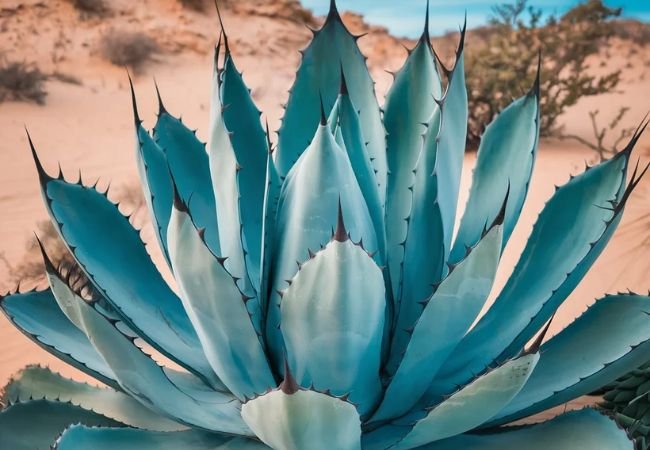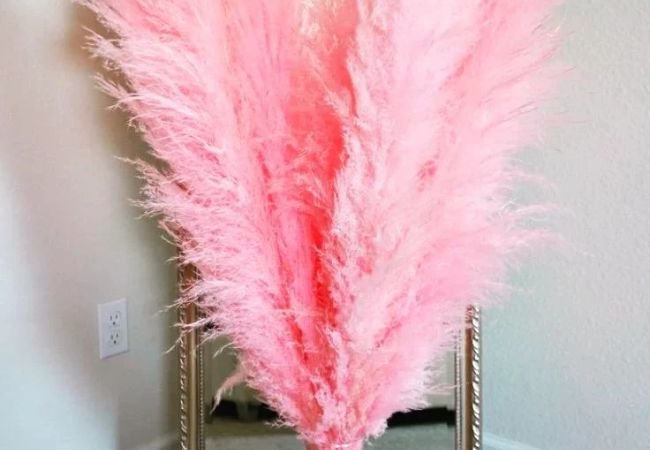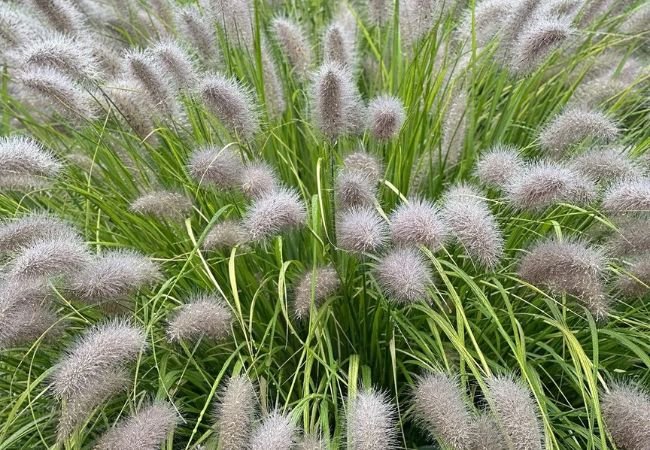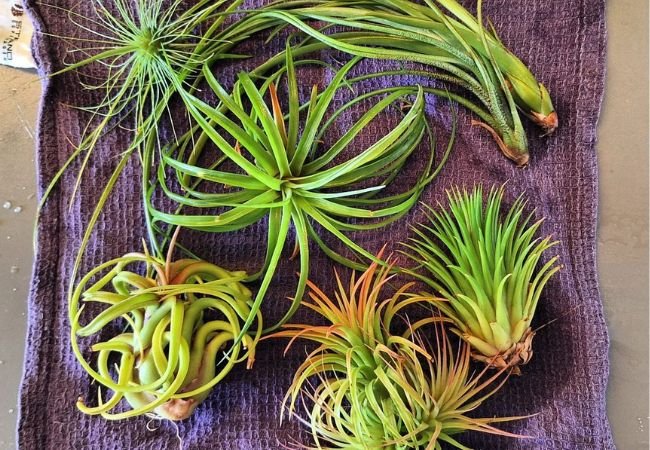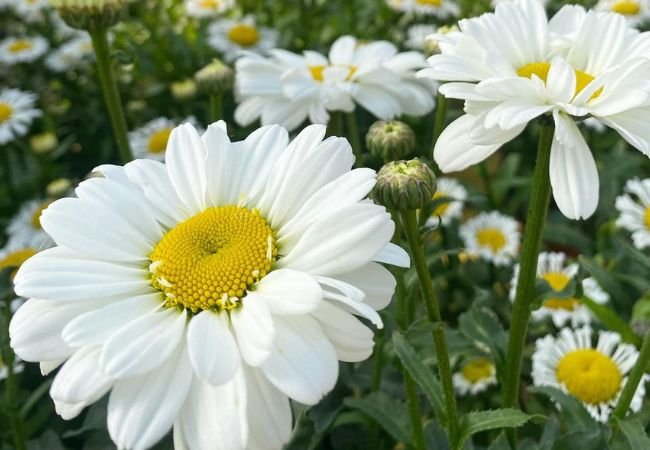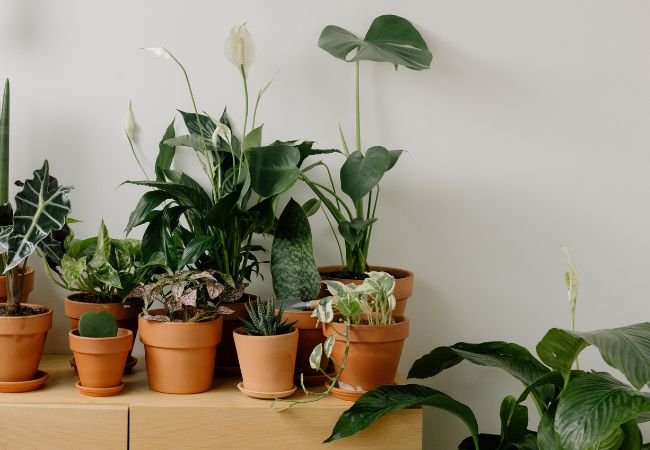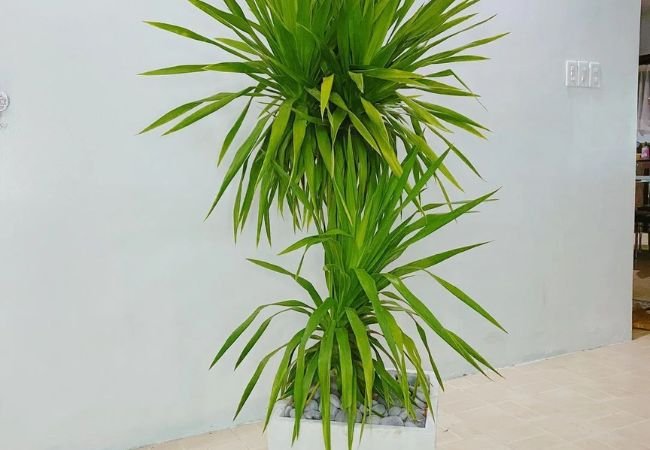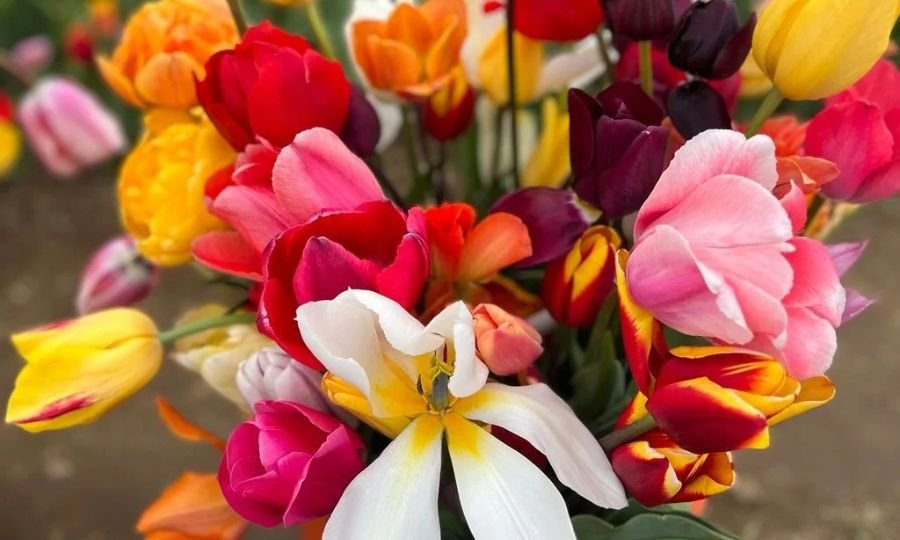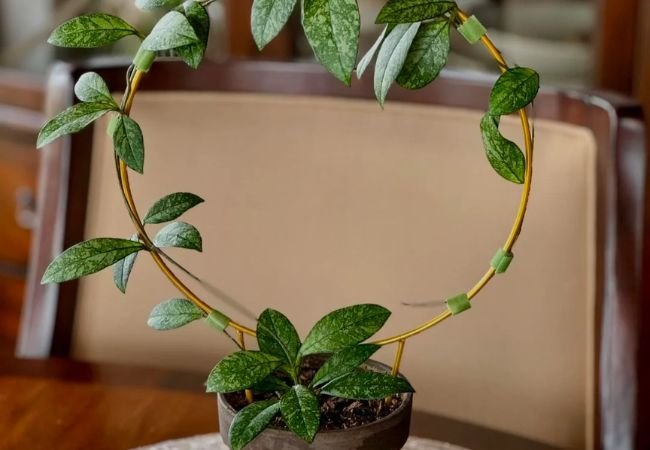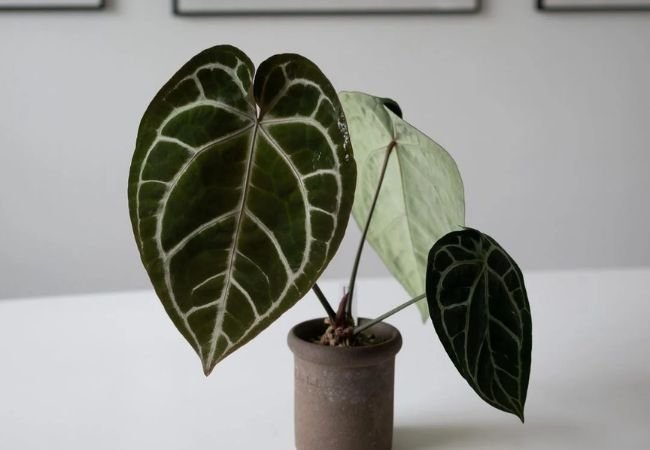Discover how to grow and care for the blue agave plant. Learn about its unique characteristics, ideal growing conditions and uses in this comprehensive guide.
The blue agave plant, scientifically known as Agave tequilana, is a striking succulent famous for its role in tequila production. However, it’s also a beautiful ornamental plant that can add a touch of exotic beauty to your garden or home. This guide will cover everything you need to know about growing and caring for blue agave plants.
Here’s a detailed chart with information on the Blue Agave plant:
| Category | Information |
|---|---|
| Botanical Name | Agave tequilana |
| Common Name | Blue Agave, Tequila Agave |
| Plant Type | Perennial, Succulent |
| Hardiness Zone | USDA Zones 9-11 |
| Sun Exposure | Full sun |
| Soil Type | Well-drained, sandy or rocky soil |
| Watering | Low (drought-tolerant; water sparingly) |
| Growth Habit | Rosette-forming, spiky leaves |
| Height/Spread | 5-7 feet tall, 8-12 feet wide |
| Special Features | Drought-tolerant, architectural plant, suitable for xeriscaping, used in tequila production |
Understanding the Blue Agave Plant
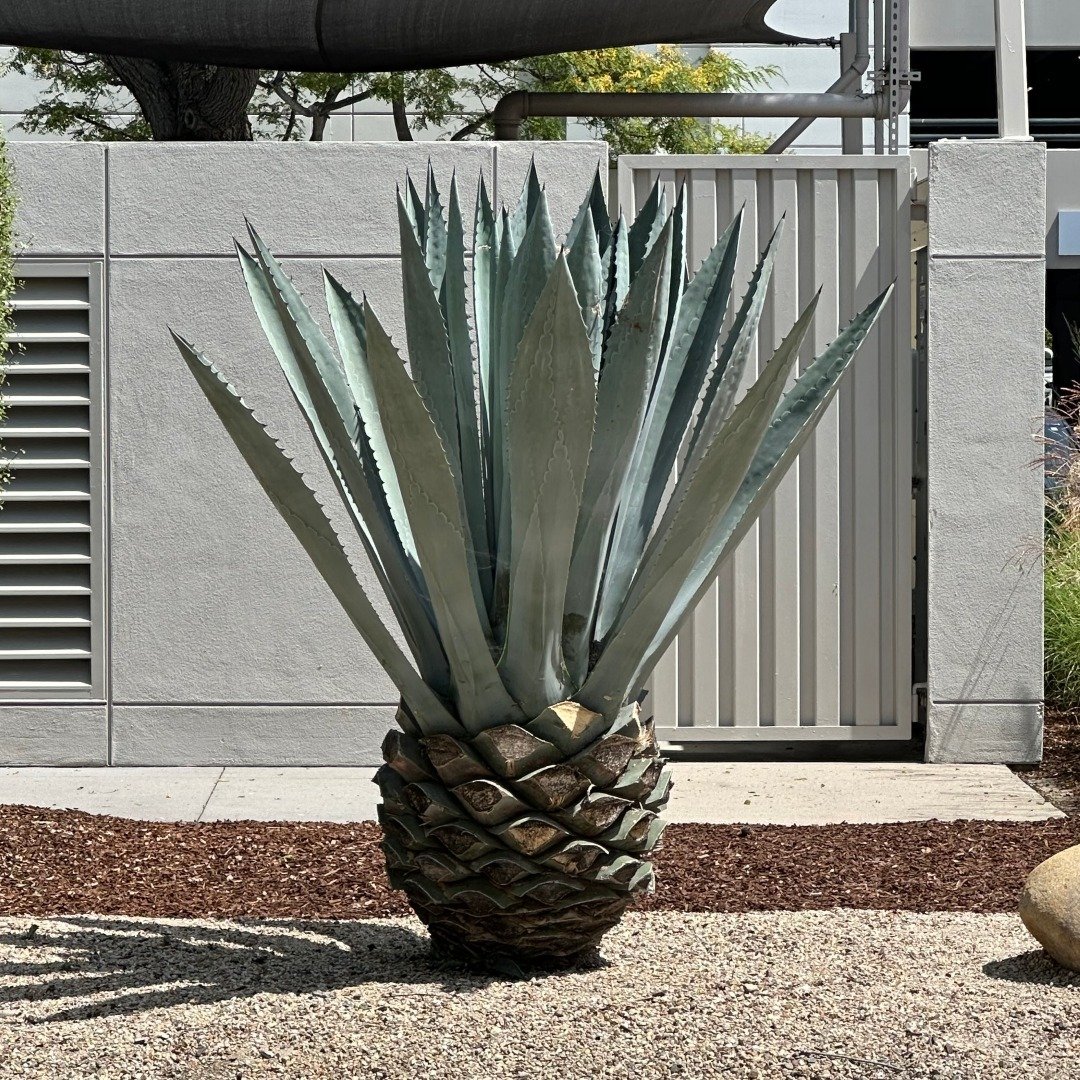
Blue agave is a large, spiky plant native to Mexico. Key characteristics include:
- Bluish-green leaves arranged in a rosette pattern
- Can grow up to 5-8 feet tall and wide
- Takes 8-10 years to mature
- Produces a tall flower spike at the end of its life cycle
Blue agave is known for its drought tolerance and ability to thrive in harsh conditions.
Growing Conditions for Blue Agave
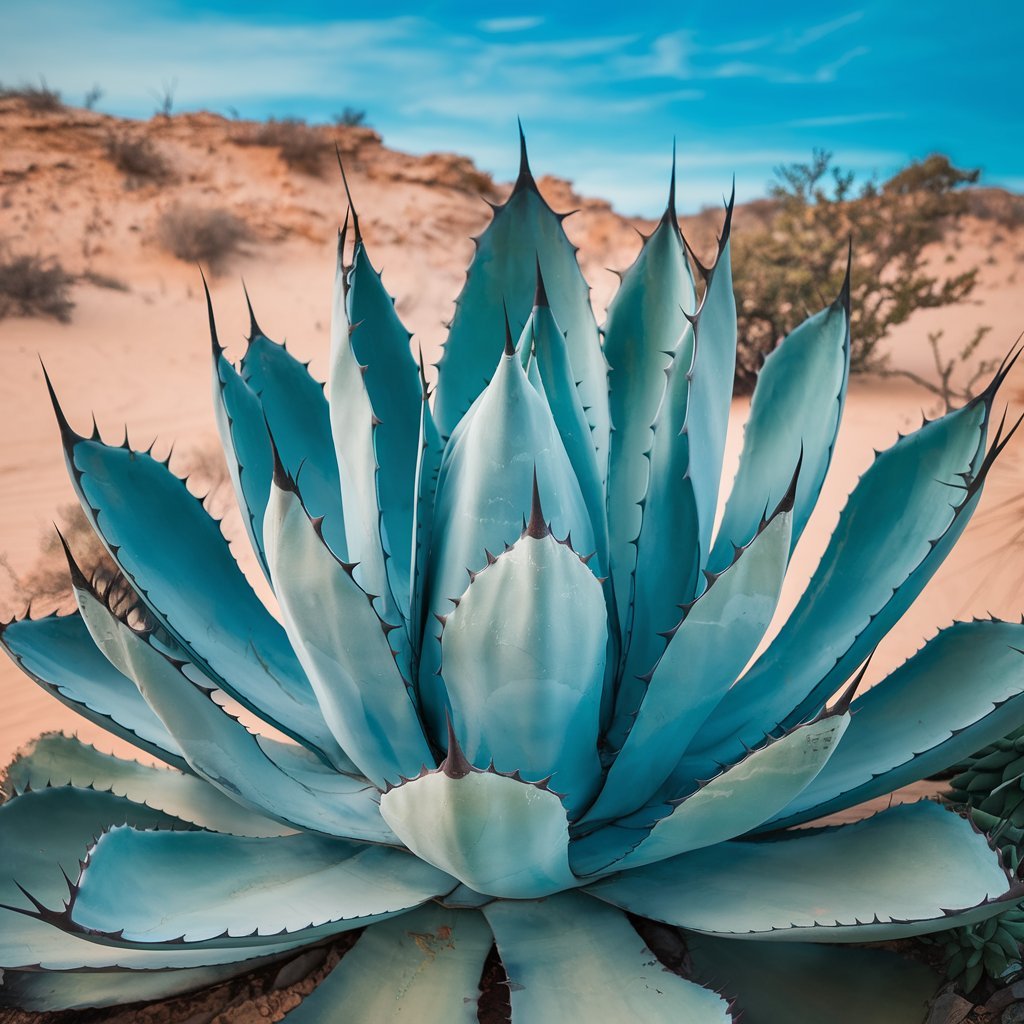
To successfully grow blue agave, you’ll need to provide:
1. Sunlight
- Full sun to partial shade
- At least 6 hours of direct sunlight daily
2. Soil
- Well-draining, sandy or rocky soil
- pH level between 6.0 and 7.5
3. Temperature
- Thrives in warm climates (USDA zones 9-11)
- Can tolerate temperatures down to 20°F (-6°C) for short periods
4. Water
- Drought-tolerant once established
- Water deeply but infrequently
Planting Blue Agave
Follow these steps to plant your blue agave:
- Choose a location with full sun and well-draining soil
- Dig a hole twice the width of the root ball
- Place the plant in the hole at the same depth it was in its container
- Backfill with soil and water thoroughly
- Allow the soil to dry completely before watering again
For container planting:
- Use a pot with drainage holes
- Fill with a cactus or succulent potting mix
Caring for Your Blue Agave Plant
Proper care will ensure your blue agave thrives:
Watering
- Water sparingly, allowing soil to dry between waterings
- Reduce watering in winter
- Avoid getting water on the leaves to prevent rot
Fertilizing
- Feed annually in spring with a balanced, slow-release fertilizer
- Use a low-nitrogen fertilizer to avoid excessive growth
Pruning
- Remove dead or damaged leaves as needed
- Wear thick gloves and protective clothing when handling the plant
Winter Care
- In colder regions, protect from frost by covering with a blanket
- Move container plants indoors or to a protected area
Common Problems and Solutions
Watch for these issues:
- Root rot:
- Caused by overwatering or poor drainage
- Ensure soil drains well and reduce watering
- Agave snout weevil:
- Can kill the plant
- Remove affected plants and treat soil with neem oil
- Leaf spot:
- Fungal disease causing brown spots on leaves
- Improve air circulation and avoid overhead watering
Uses of Blue Agave
Blue agave has several uses:
- Ornamental:
- Striking focal point in xeriscapes or rock gardens
- Dramatic container plant for patios or indoor spaces
- Tequila production:
- The primary use of cultivated blue agave
- Hearts are harvested and processed to make tequila
- Fiber:
- Leaves can be used to make rope and textiles
- Sweetener:
- Agave nectar is used as a natural sweetener
Propagating Blue Agave
Blue agave can be propagated through:
- Offsets (pups):
- Remove pups from the base of the mother plant
- Allow the cut to callus for a few days before planting
- Seeds:
- Collect seeds from the flower spike
- Sow in well-draining soil and keep moist until germination
Environmental Impact
Consider the environmental aspects of growing blue agave:
- Drought-tolerant, making it suitable for water-conscious landscaping
- Can help prevent soil erosion in suitable climates
- Large-scale cultivation for tequila production has environmental challenges
The blue agave plant is a striking and versatile succulent that can add a touch of exotic beauty to your landscape or home. With its unique appearance and low maintenance requirements, it’s an excellent choice for gardeners in warm climates or those looking for an interesting container plant.
Remember to provide plenty of sunlight, well-draining soil, and minimal water to keep your blue agave healthy. Be cautious of its sharp leaves and slow growth rate, but enjoy the dramatic impact it can have on your garden design.
Whether you’re growing blue agave for its ornamental value or out of interest in its cultural significance, this remarkable plant is sure to be a conversation starter. With proper care, your blue agave can thrive for many years, providing a stunning focal point in your garden or a unique addition to your indoor plant collection.
For more gardening tips and plant care guides, visit https://usagardenweb.com/

